8 Ways To Help Pollinators During A Heat Wave: Create An Oasis For Bees, Butterflies & More
Pollinators are in danger, especially as summer temperatures continue to soar. Learn how to protect them from heat so they can continue their important work.

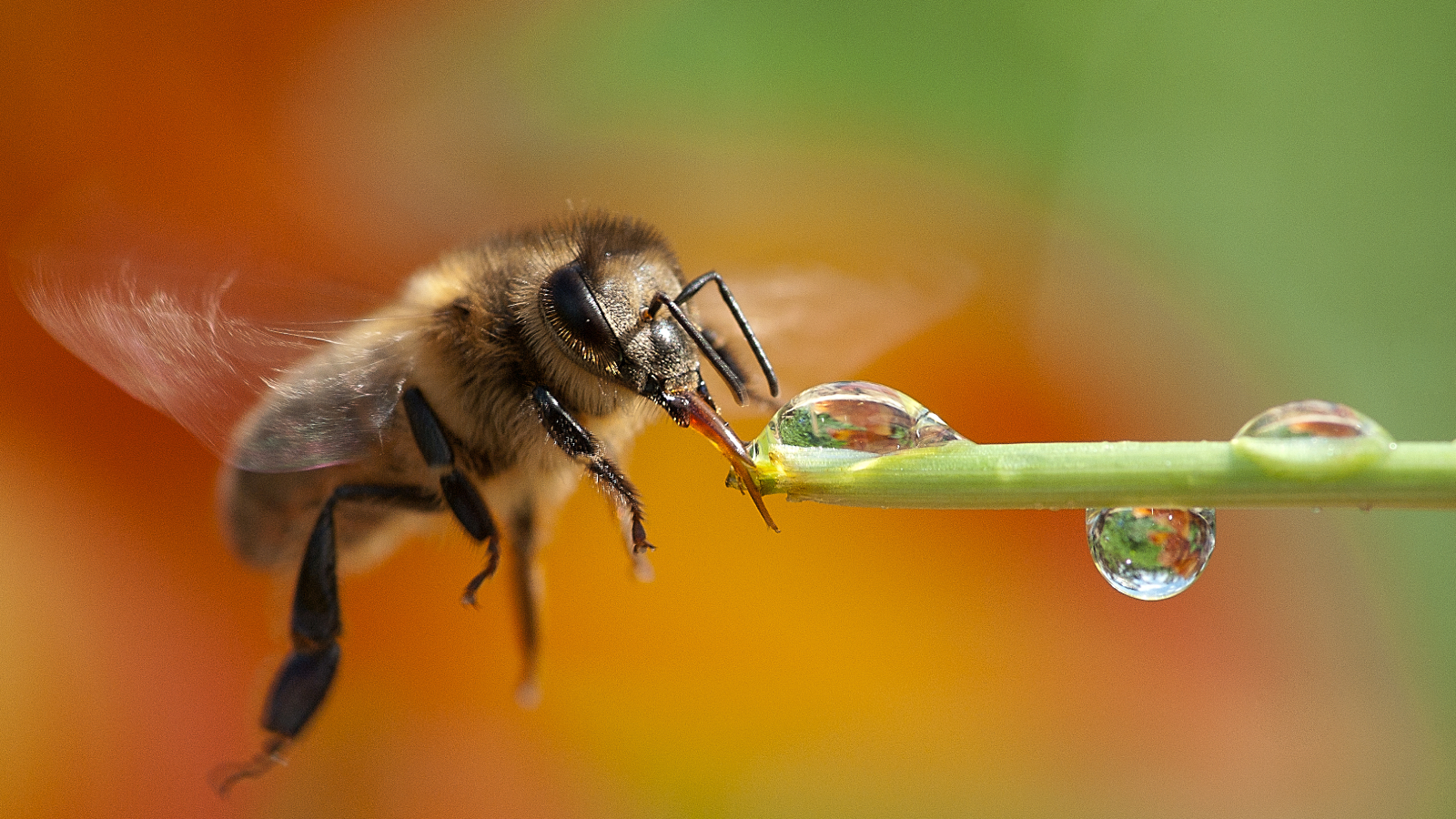
With temperatures on the rise around the world, heat waves are increasingly common. These high-temperature days affect all living creatures, including pollinators. Excessive heat can change their behaviors and make it more difficult for them to find appropriate plants for nectar.
Bees dying from heat is a real phenomenon. They have a limited ability to regulate their body temperature and rely on shade, water, and shelter during summer heat waves. With higher temperatures, populations of these important insects may decrease in your pollinator garden.
You can mitigate this effect by providing ways for pollinators to stay cool, well-fed, and healthy. Keep reading to learn how to help your local pollinators during a heatwave.
1. Use Bee Cups
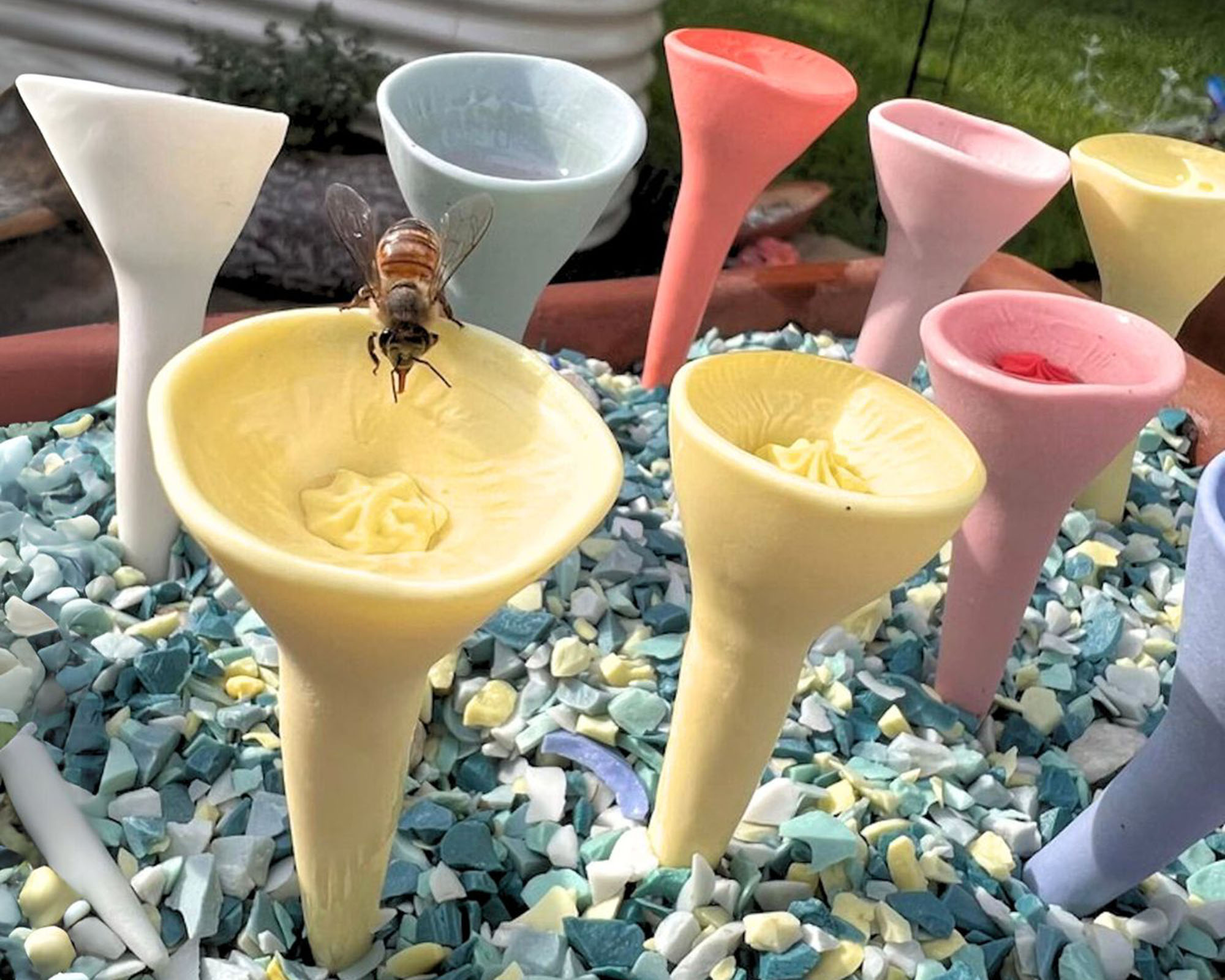
A safe, accessible source of water is one great way to help pollinators stay hydrated and cool in a heat wave. Bee cups are small, elevated cups you can keep filled with water. Bees will drink the water and use it to cool off.
Each cup holds about a teaspoon of water and sits atop a spike that makes it easy to secure in the ground. These bee cups are made with ultraviolet coatings that we can’t see but bees can. Because they’re small, the cups’ water evaporates quickly and doesn’t encourage mosquitoes. Bee cups can be found in the Gardening Know How Shop.
2. Offer Butterfly Puddle Stations
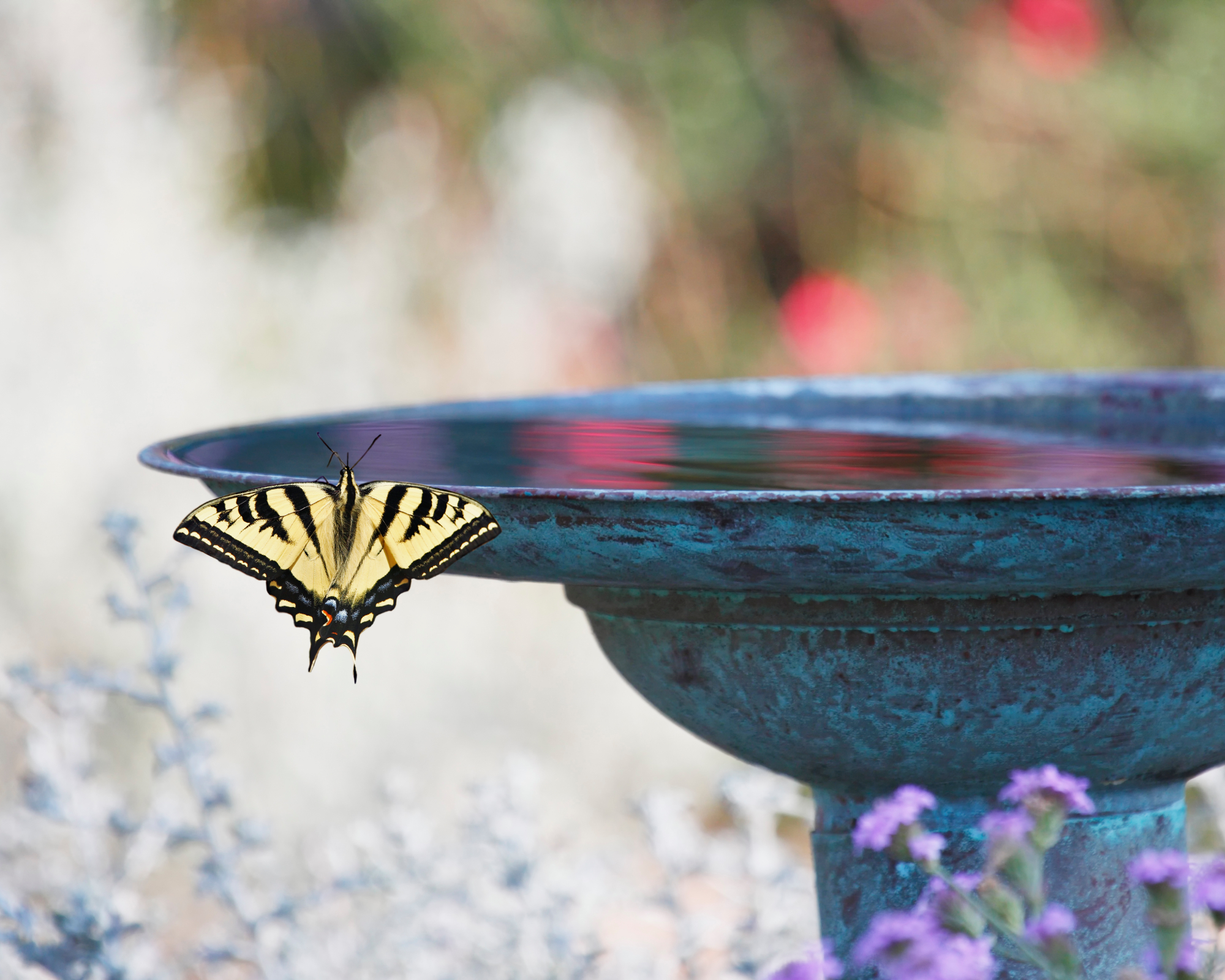
Another way to provide water is to create a butterfly puddle station. Butterflies need water and minerals to survive, especially during a heat wave. They are naturally drawn to areas of shallow water. Create a puddle using a shallow dish.
Add soil or sand to the dish and place some flat rocks in to act as perches. Fill the dish with water and add a sprinkle of salt. The Pollinade Tablet from Bee Cups works the same way and is found in the Gardening Know How Shop.
Sign up for the Gardening Know How newsletter today and receive a free copy of our e-book "How to Grow Delicious Tomatoes".
You can also add some pieces of fruit to attract and feed butterflies near the puddle. Just be sure to replace the fruit often to avoid rotting.
3. Put Up A Hummingbird Feeder
A hummingbird feeder is an easy way to attract these pollinators to your garden. They also help the birds during summer heat by providing both water and a food source. While easy to use, hummingbird feeders can cause more harm than good if used incorrectly.
First, avoid using commercial nectar dyed red. It isn’t necessary to make the nectar red, and it’s easy to make a safe, homemade recipe. Simply dissolve one part sugar in four parts water (for example, one cup of sugar in four cups of water). Change out the nectar and clean the feeder every other day to avoid mold growth that can make birds sick or even kill them.
Bring hummingbirds right to your window with the Jewel Box Hummingbird feeder found in the Gardening Know How Shop. This clever design allows for great views of the tiny pollinators and includes an "ant moat" to keep pests away from the nectar.
4. Provide Shady Areas
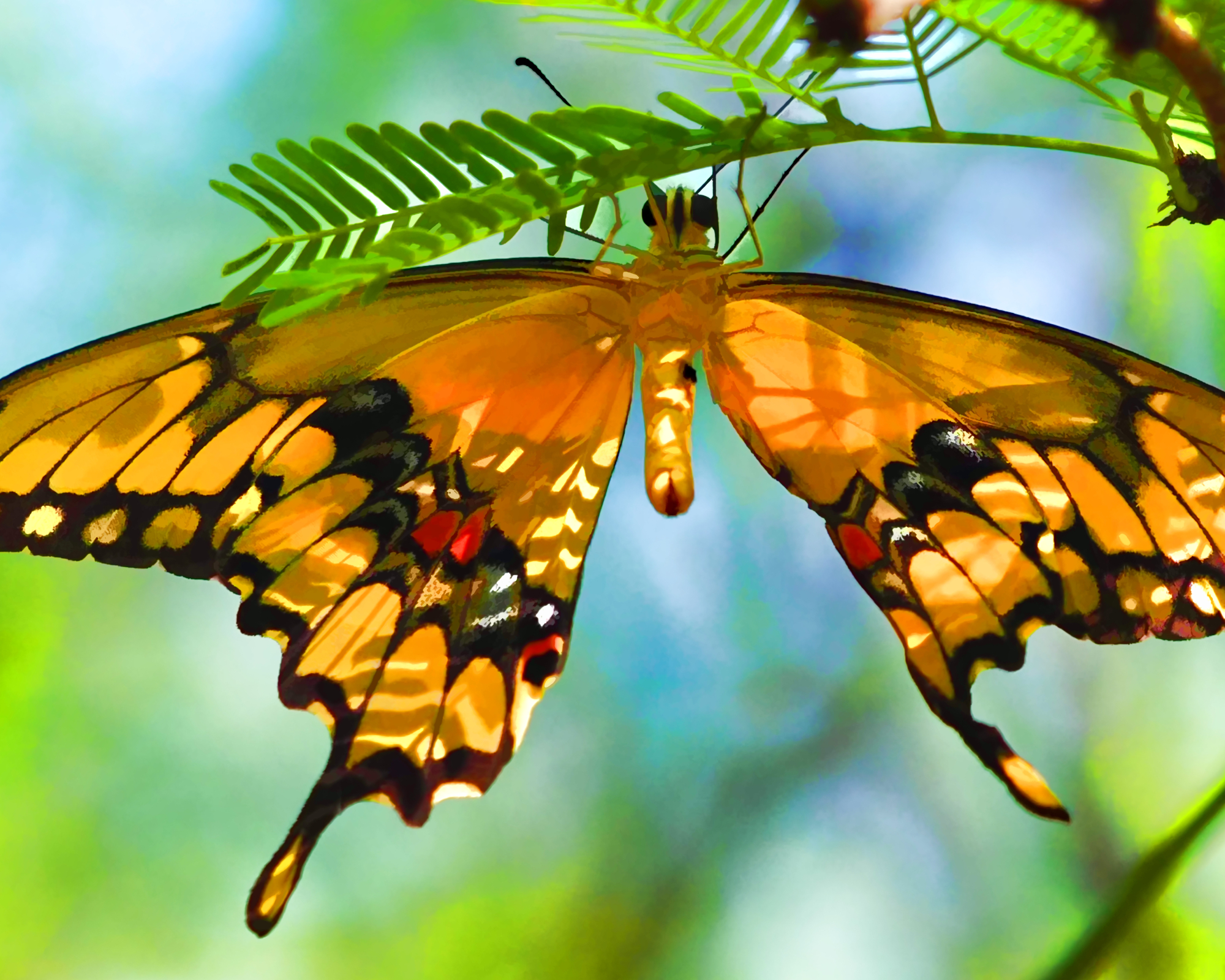
Like people, insects and other animals seek shade when they’re hot. Your pollinators will appreciate areas of shade to hide from the sun and cool down their body temperatures. Plants offer shade, but you can also keep piles of twigs, leaves, and other natural materials throughout the garden to create shady spots.
5. Keep Beds Continuously Blooming
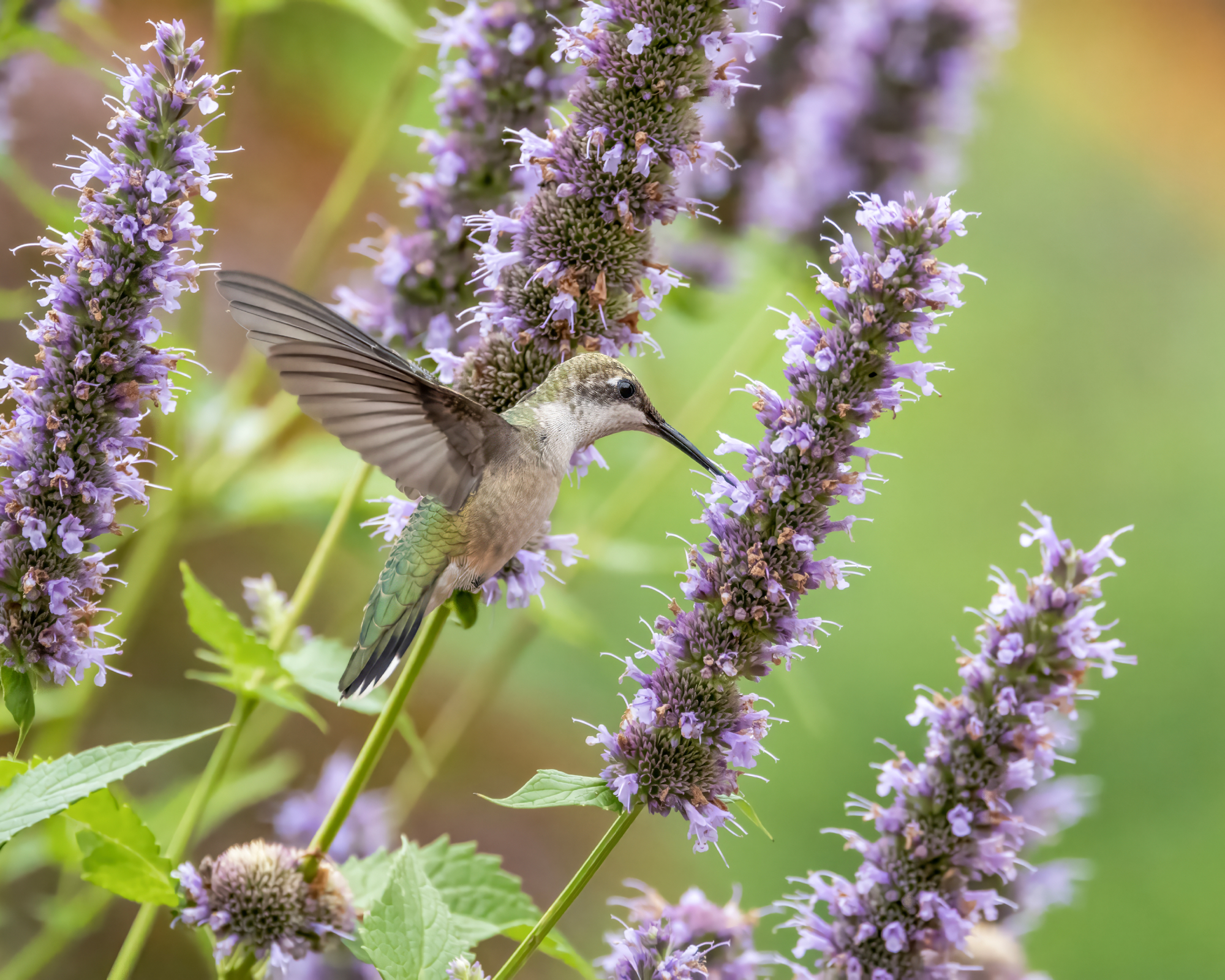
Pollinators need ready access to nectar to stay well-fed and healthy during a heat wave. Create a pollinator-friendly garden by planting native species that flower and feed moths, butterflies, bees, hummingbirds, and others.
To ensure they always have access to nectar, thoughtfully plant species like long-flowering perennials that give you continuous blooms throughout the growing season. Plant species that flower in spring, as well as those that bloom in summer and fall.
6. Open A Pollinator Hotel Or Bee House
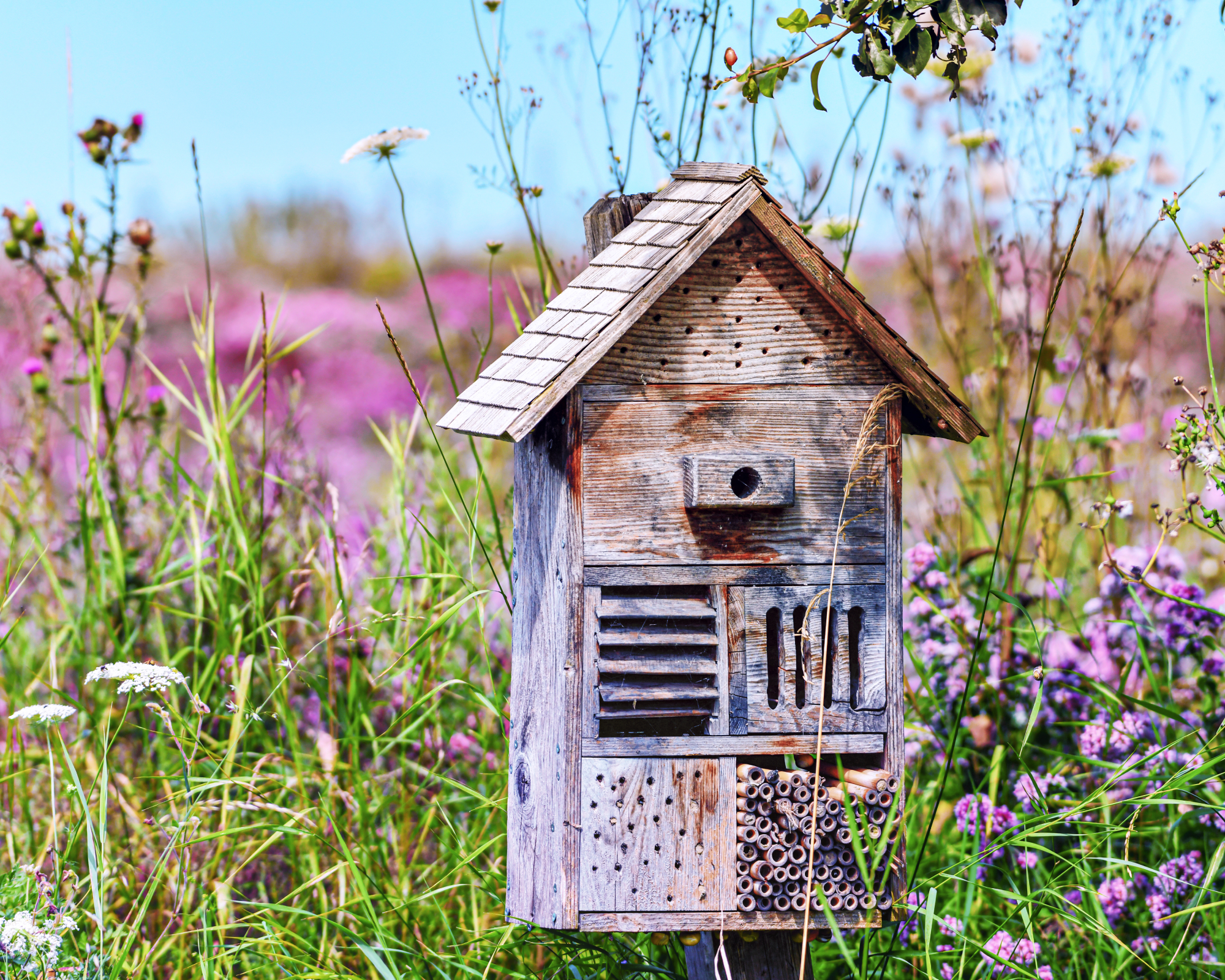
Many types of bees use narrow spaces to nest and hide from the heat of the day. An area of sticks and logs can provide this type of space, but if you like a tidier garden, consider putting up a bee house or make a DIY bug hotel.
These are small structures designed to be attractive to bees and some other pollinators. They typically consist of narrow, hollow tubes stacked together. Bees will nest or just hide out in these hotels to stay cool.
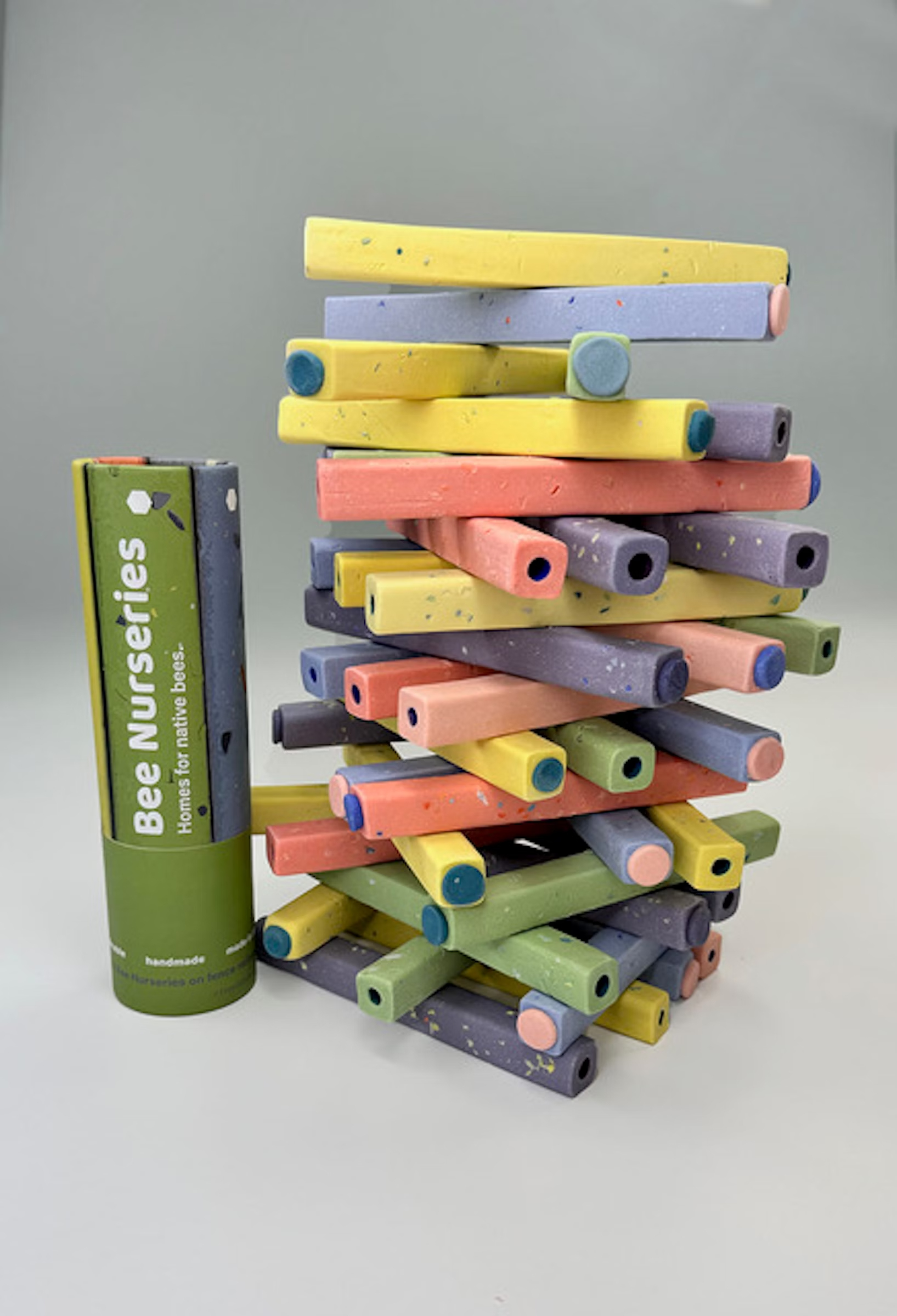
Bee Cups Bee Nurseries are different than commercial bee houses! They are handmade from porcelain so they are sturdy and can be sterilized and reused next season. Find in the Gardening Know How Shop.
7. Avoid Pesticides
Pesticides are useful for killing pest insects, but unfortunately, they also act on desirable pollinator species. A pollinator-friendly garden should be totally pesticide-free. This will help you maintain a high population in your garden.
Even if you use pesticides minimally, you can harm pollinators, especially during heat waves. You will see bee hazard warning labels on commercial pesticides and for good reason. A weak or sparsely used pesticide can weaken individual insects, even if it doesn’t kill them. This makes it harder for them to survive during periods of high temperatures. It’s best to avoid using pesticides at all if you want to support your local pollinators.
8. Water Plants In The Evening And Use Drought-Tolerant Species
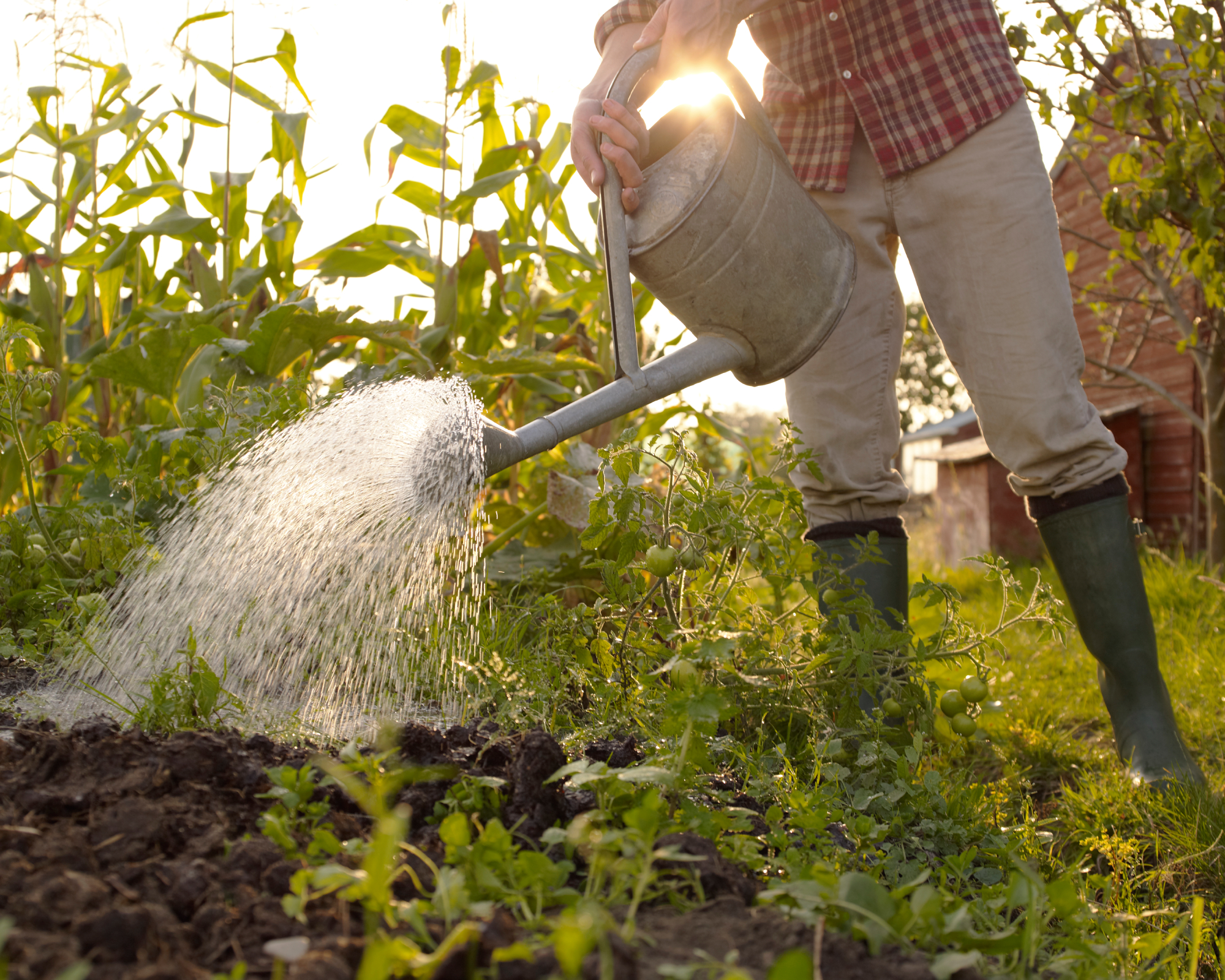
Plants suffer during heat waves, too. By ensuring your plants stay healthy and thriving in high temperatures, you also help your pollinators thrive. This ensures they have a continuous supply of nectar.
Watering during a heat wave is best done in the evening hours. If you water in the morning or during the day, most of the water will evaporate. Evening watering allows the plants to take up and use more water.
Even better, if your area is prone to droughts, use drought-tolerant species in your landscaping. As long as you mostly stick with native species, your garden should survive heat waves and continue feeding your pollinators.
This article features products available from third-party vendors in the Gardening Know How Shop.
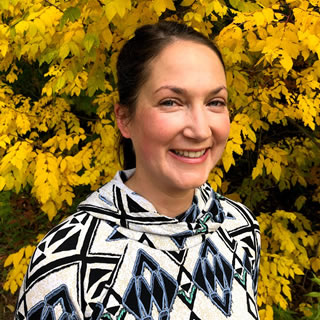
Mary Ellen Ellis has been gardening for over 20 years. With degrees in Chemistry and Biology, Mary Ellen's specialties are flowers, native plants, and herbs.